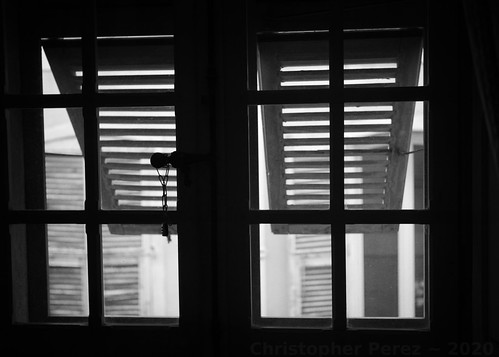Yet only recently have I begun to appreciate differences in brush-strokes and brush and palette knife techniques. How an artist applies paint has a subtle but significant impact in how I respond.
For example, for hundreds of years many artists used brush techniques that beautifully blended colors in a way that when a finished work is varnished the individual brush strokes seem to disappear. I'm thinking of (just to choose a very few artists) Titian, Leonardo, Vigee le Brun, Messonier, and David.
Looking at paintings in this style I feel as if I am looking thru a window and into a scene. The art can be rather literal, in this sense. For me, this is a key point. This art mimics the real world as we see it.
In the mid-1800's a group of artists seemed to revel in showing their brush-work. This approach was, in part, in response to Japanese woodcut art that had just reached Europe. The art of Manet, Monet, Bazille, Morissot, and most certainly van Gogh are prime examples of this contrasting brush work style.
In this instance I feel as if I am looking at "art" with all its (sometimes amplified) imperfections and nuances that shares, or perhaps illustrates the real world from a potentially more emotional perspective. This kind of work mimics the real world as the artists feels it.
How does any of this relate to photography?
Let's consider large format film and modern digital images as compared to small format film work.
Contact prints and digital "noiseless" images, to me, are like looking through a window into the real world. This kind of photography mimics the "real" as there is no "barrier" between me and "there" (the subject).
Small format 35mm and 120 film photography, on the other hand, is like looking at the world from an emotional perspective. The enlarged grain structure plays the role of clearly visible brush-work in a painting. The grain acts as a "barrier" or "filter" between me and "there."
As an aside, platinum/palladium hand coated prints can celebrate a papers texture as a way of helping an image appear more "art like." So, strictly speaking, large format film photography can still be bent to the task of "art." This aside, I feel awareness of how we respond to images can be helpful.
Looking at the craft of photography in this manner helps me make decisions. Do I want to share something crisp and clear in the classic art and large format film photography manner? Or do I want texture to provide a separation or veil over the subject?
I find it interesting that working in digital photography we can make these kinds of choices well after clicking the shutter. Everything doesn't have to be "pre-visualized" beforehand.

No comments:
Post a Comment